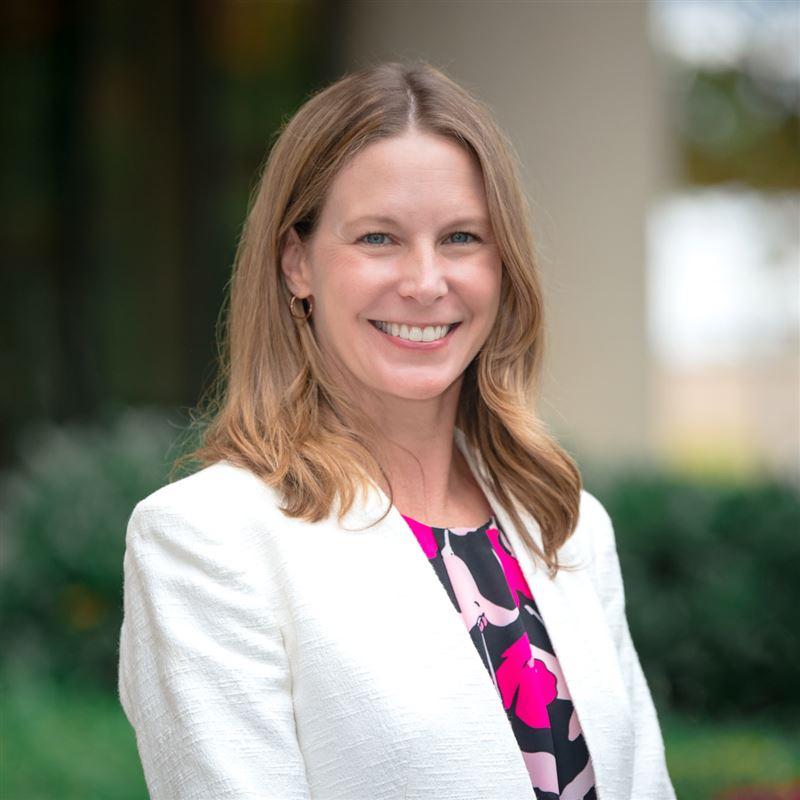How to Talk About Lead Programs with the Public
Whether your utility is developing their service line material inventory, developing home and school sampling programs or preparing for and implementing lead service line replacement programs, public education and outreach are critical to the success of your endeavors. Below are four best practices to effectively communicate with your community.

1. Be Transparent and Put Public Health First
The goal of public outreach is to establish community trust and engagement with your utility’s lead program. If a community has been hearing/seeing reports saying there’s no lead in their water, learning about lead service line initiatives can be alarming. Communicating the requirements and how old plumbing plays into exposure and risk are key.
The following ideas are some places to start when engaging with your community:
- Explain the requirements and overall timeline for any inventory and lead service line (LSL) replacement programs along with any potential opportunities for public input.
- Don’t assume a community knows the health effects of lead and where it typically enters the water; help them understand.
- Identify specific actions a customer can take to evaluate and address their unique risk; offer preventative options and mitigation measures.
- Shape your communications with the intention that the end goal is to protect the community from a public health risk—not to protect the utility from potential legal blow-back.
- State the actions (testing, corrosion control treatment changes, etc.) the water system is currently and will be undertaking to continue to protect the drinking water and reduce lead exposure.
- Identify mechanism(s) for community input and response to public inquiries; facilitate community participation.
2. Understand the Community
To effectively communicate about lead programs, you need to know about general demographics and community values (needs and concerns).
The message of your outreach should consider community assessment factors like the following:
- If residents/businesses rent or own
- If the community has had a previous water quality problem the utility had to address
- If the program is creating local job opportunities temporarily or permanently
- If affected residents/businesses have the financial means to implement preventative and mitigation measures
3. Leverage Existing Community Networks
Using existing networks to tell the program story is crucial to building trust. Engage groups like faith-based organizations and community councils to help craft your messaging. Attuned to community values, these groups can often turn out to be your most effective ambassadors! You can also use existing social media neighborhood networks and community centers to help spread the word.
4. Focus on Accessibility
Remember that this information is new and unfamiliar to the public. Meeting the reader on their playing field helps encourage an understanding of the information provided, achieve an accurate public health risk perception and improve program participation.
You can make your communications accessible by:
- Using at least two platforms for every communication, like mail and web
- Using plain, simple language
- Using formatting conventions that work for those relying on accessibility readers
- Translating materials into common community languages and accounting for cultural considerations
- Designing for understanding, using more graphics and less words
Focusing on these best practices will help your community understand, accept, and engage with your compliance endeavors.
Rose Hanson is a communications specialist passionate about helping the intended audience understand a message. With more than 8 years of experience, she focuses on crafting accessible communications that directly address potential audience concerns. She has led print, virtual, and visual media development for lead service line inventories and replacement program stakeholder engagement, as well as PFAS risk communication.
Autumn McNeill, MPH is an environmental planner focused on community engagement and outreach. She provides public health analysis and communications for lead, PFAS and other environmental topics with an emphasis on community engagement, environmental justice and health equity.

To help your community better understand your program, it's important to tailor communications to your audience.

Emphasizing community engagement, environmental justice and health equity is our goal.








